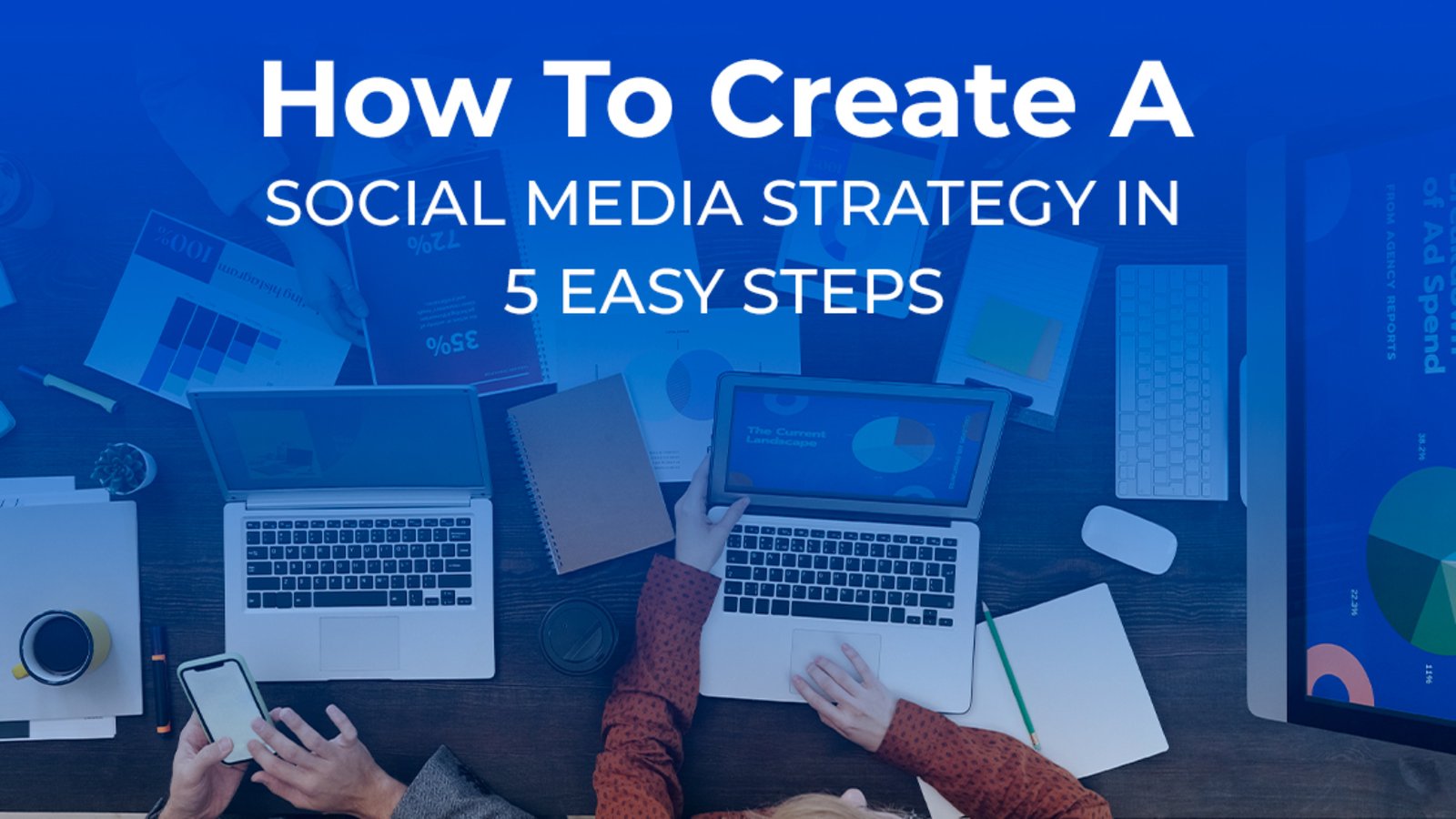Social media and ecommerce are a perfect match. Marketers have long used social media platforms to connect with ecommerce customers. For good reason: an increasing number of internet users shop online and use social media to research brands.
Consider the following recent statistics:
- In 2020, 76.8% of global internet users will have purchased a product online.
- 44.8% of global internet users search for brand-related information on social media.
- Social media is used by more than half of global internet users aged 16 to 24 to research brands (55.9% female users and 51% male users).
Most social media networks now provide free built-in solutions for advertising, selling, and customer service — a.k.a. sales-boosting tools.
This article will go over all of the different ways you can use social media to promote your ecommerce store. So, whether you’re starting from scratch with your ecommerce social media presence or looking for ways to refresh your marketing strategy, you’ve come to the right place!
But first, let’s clear up some terminology.
What is the definition of social media ecommerce marketing?
A social media ecommerce strategy is a collection of social media tactics for marketing your ecommerce business.
Depending on your business model and objectives, your strategy may include:
- Promoting an ecommerce destination, such as driving traffic to a website or branded app; o Directly selling products on social media;
- Communicating with customers, both pre- and post-purchase,
- Gathering insights about your industry (your audience, competitors, success benchmarks)
- … or combining some (or all!) of the above.
Is social media marketing for ecommerce the same as social selling or social commerce?
Not quite. The broadest term of the three, social media ecommerce marketing, can include elements of both social commerce and social selling.
Let’s review some definitions:
The process of selling products or services directly on social media via Facebook Shops, Instagram Shops, Product Pins, and other native social media shopping solutions is known as social commerce. Social selling is the process of identifying, connecting with, and nurturing sales prospects through the use of social media.
Building brand awareness, advertising, community management, social customer service, social listening, competitive analysis, social commerce, and social selling are all examples of social media ecommerce marketing.
What is the best way to use social media for ecommerce?
Here are all of the various ways social media marketing can assist you in promoting your ecommerce business and selling more products.
Increasing brand awareness
If you’re launching a brand new store or product, you should start creating buzz about it before you launch sales. The unfortunate reality is that if people don’t know what you’re selling, you won’t be able to make any sales.
Social media is crowded with brands in 2021. However, there is still room for newcomers. A distinct voice and a consistent posting strategy will assist you in increasing brand awareness and reaching your target audience. Follow the tips at the end of this article to get a head start.
Building brand awareness is a process that takes time. If you’d like to get things moving a little faster, paid social can help.
Advertising
According to recent Hootsuite statistics,
- Facebook advertising can reach 190 million people,
- Instagram advertising can reach 140 million people,
- and LinkedIn advertising can reach 170 million people.
Of course, not all of them are your target audience, and your budget will most likely prevent you from reaching that many.
However, most social media platforms provide advanced targeting tools that you can use to carve out your ideal audience from the crowd — and serve them ads that will help you achieve your goals.
Anyway, When it comes to goals, make sure you set the right ones for your social media ads. As an ecommerce company, you will most likely want to use social media advertising to attract customers to your store, or to a specific product or collection.
Facebook and Instagram, for example, allow brands to select one of three conversion-oriented goals:
- Conversions. With this goal, you can persuade your target audience to perform a specific action on your website, such as adding a product to their shopping cart.
- Catalogue Sales Use this goal to incorporate products from your catalog into advertisements.
- Traffic in the store. If you have a physical location, this ad goal is ideal for promoting your store to potential customers who are nearby based on their location.
Choose an objective from the Awareness or Consideration categories if you want to raise awareness or engage your target audience.
However, simply choosing the right goal does not guarantee success. You must also select the best ad format for your campaign. The main format categories on Facebook and Instagram are:
- Image ads
- Video ads
- Carousel ads
- Collection ads
Collection ads are specifically designed for ecommerce. They use a combination of creative copy and items from your product catalog to capture your audience’s attention and guide them seamlessly to checkout.
While Facebook’s advertising toolkit is the most comprehensive, other social media platforms provide similar solutions. So, don’t worry if you use Twitter or LinkedIn to reach out to your customers on social media.
Directly selling products on social media
So, This is where social media ecommerce marketing meets social commerce, also known as selling products directly from your social media accounts or “shops.”
Anyway, For business accounts, Facebook, Instagram, and Pinterest all provide native shopping solutions. Snapchat has partnered with Shopify to develop their own social commerce tool, but for the time being, the feature is only available to a few handpicked accounts. If Snaps are your preferred social media format, keep an eye out for updates.
Using social commerce solutions has numerous advantages:
- It is completely free to set up;
- It provides customers with a memorable, interactive, social shopping experience; and it streamlines the sales process.
- Users can shop directly from their feeds, without having to navigate to another website. Shortening the path from discovery to checkout can boost conversion rates.
- It’s exactly what social media users want! 70% of shoppers use Instagram to find new brands and products. Why not assist them in discovering your products?
By implementing these strategies, you will undoubtedly be able to maximize the benefits of social media for your business. And there will be more interesting and informative blogs in the future. Keep an eye out on for our blogs…












